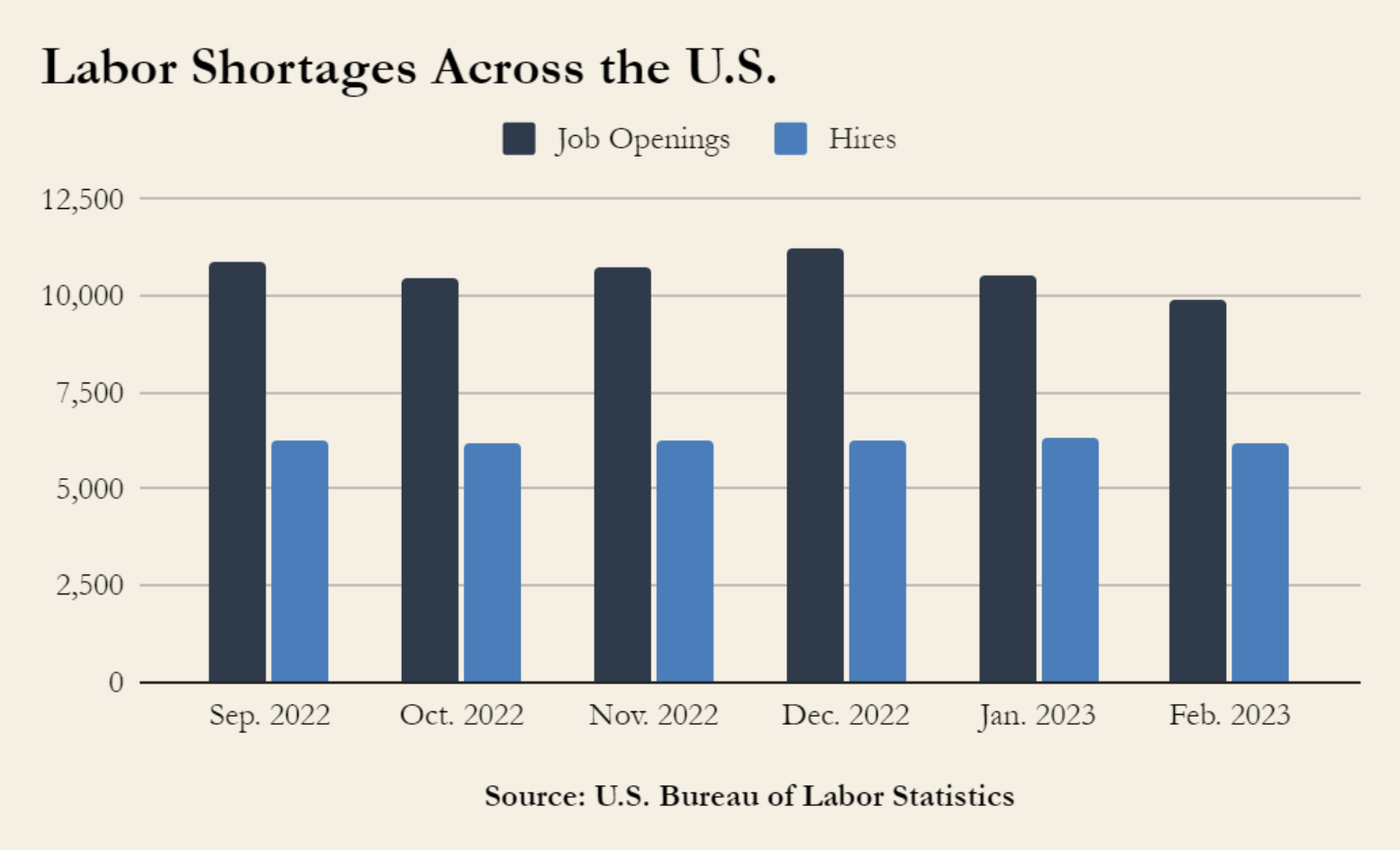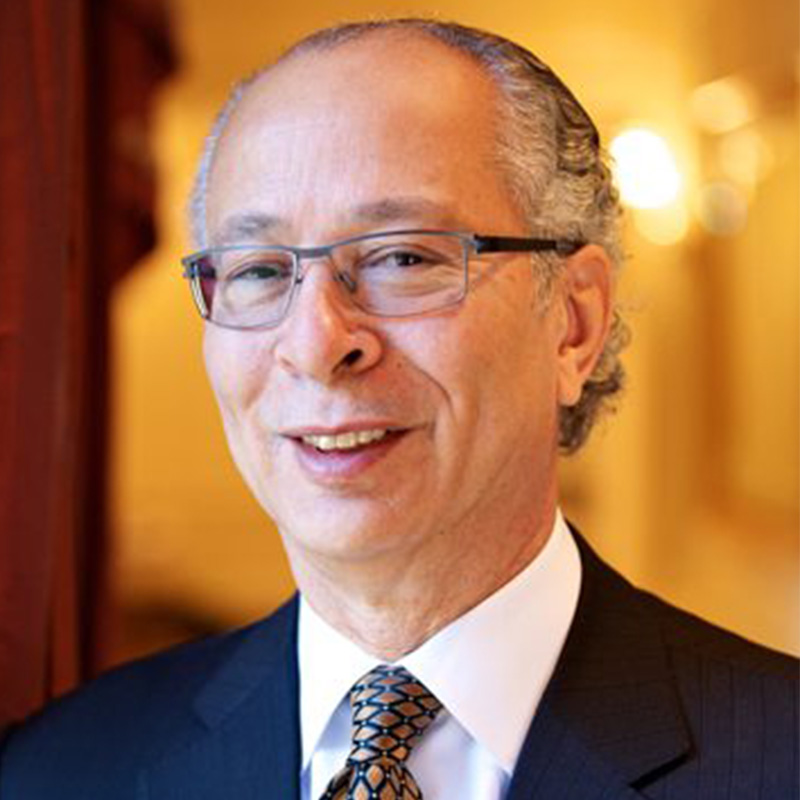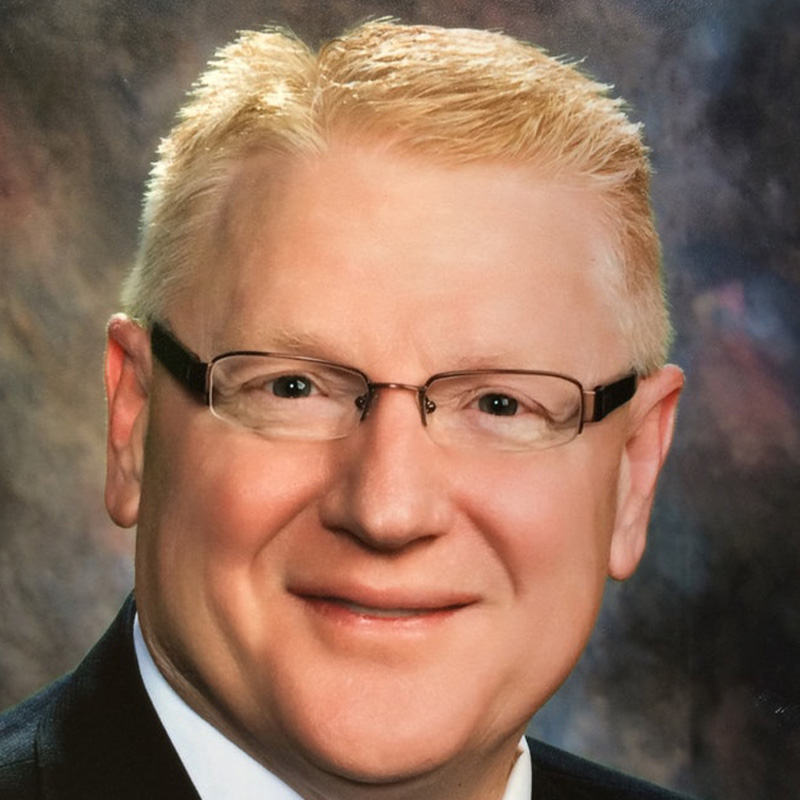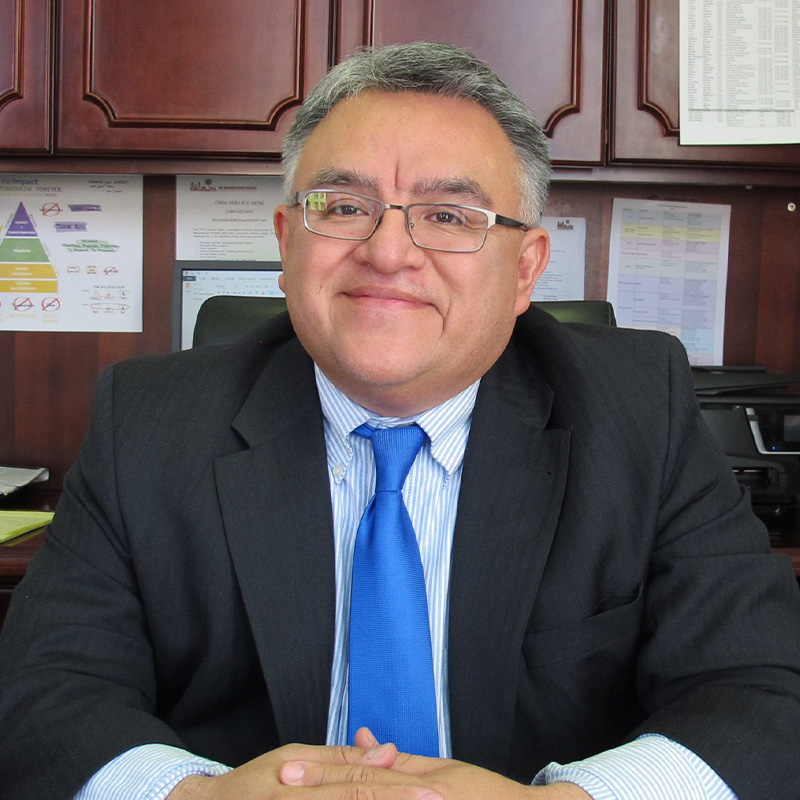
Together, we will advance sensible immigration reform that grows jobs, strengthens our economy, and benefits all American families.
America has an immigrant labor shortage.
By the end of 2021, there were close to 2 million fewer working-age immigrants in the United States than there would have been if pre-pandemic immigration continued unchanged, according to a 2022 study from the University of California, Davis.
Everyone suffers when America makes it harder for immigrants to work legally while millions of jobs go unfilled. We feel this strain when we spend triple the time stuck in traffic than we did in the 1990s due to delays in unbuilt roads and bridges; every additional hour, day, month we’re forced to wait to see a doctor or have important surgery; every time what we pay for groceries jumps in the high single or low double digit percentages from the year before.
Now more than ever, both federal and state-level lawmakers need to advance legislation that makes it easier, not harder, for immigrants to work in key sectors of our economy—legally, so that both employers and workers have protections.
How the Immigrant Labor Shortage Impacts:
Healthcare wait times get longer

There is a growing need for healthcare workers nationwide—reflected in the fact that, in late 2022, the average patient appointment wait time was up 8% since 2017 and 24% since 2004. Currently, it takes around 26 days for a new patient to get an appointment with a provider.
Between 2017 and 2021, states from Arizona to Virginia experienced a rise in the number of online job postings for unique healthcare worker positions. Immigrants are uniquely suited to fill these roles. They already represent a larger share of workers in healthcare roles like physicians, surgeons, dental hygienists, and respiratory therapists than their share of the population. Yet despite the growing need for healthcare workers, many immigrants who received specialized training abroad cannot practice in the state.
According to the Migration Policy Institute, as of 2018, the foreign-born comprise almost 18% of the 14.7 million people in the U.S. who work in healthcare — nearly one in five — and make up a disproportionate share of certain high- and low-skilled healthcare workforces: 28% of our physicians and surgeons are foreign-born, and 38% of our home health aides were born outside the United States.
Health-care occupations are projected to account for about 2 million of the 8.3 million jobs that the Bureau of Labor Statistics expects to be created in the United States between 2021 and 2031. Clearly, we need immigrants to fill a large share of these roles—and we need federal and state lawmakers to advance legislation that facilitates this.
Food prices skyrocket
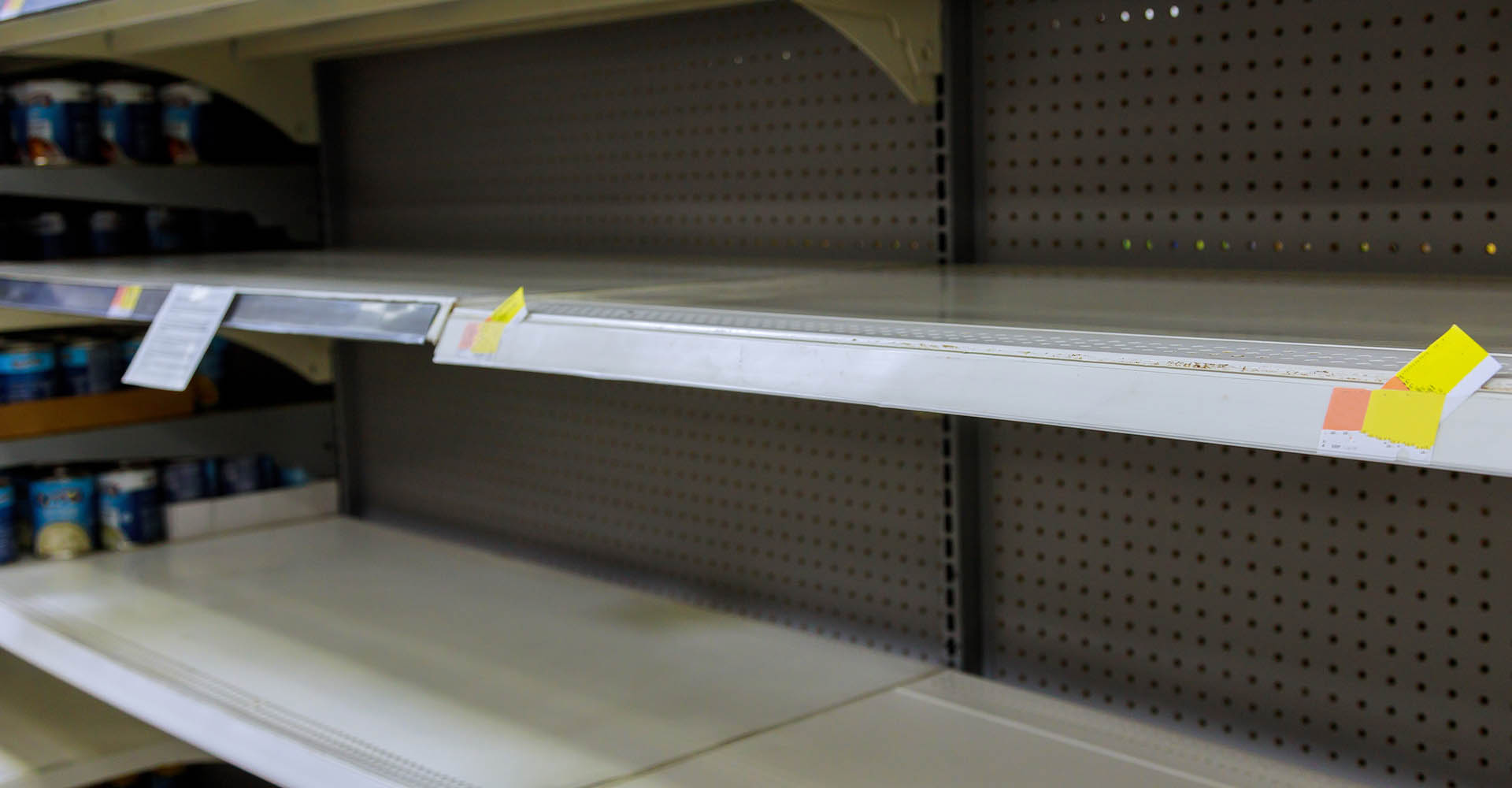
Especially since the COVID pandemic, food prices have been climbing at a rate not seen in decades. Nearly everyone has noticed that eggs, a common grocery, have gone from as low as $3 a dozen to as high as $7 or $8. In 2023, grocery prices are predicted to increase 7.8 percent.
A major factor behind these hikes is a farm labor shortage. The average age of principal farm operators is nearly 60, with farmers under the age of 35 accounting for only 9 percent of that group. There’s been a 73 percent decline in self-employed and family farmworkers from 1950 to 2000, with the number of hired farm hands down 52 percent in the same period. This has led to higher labor wages: In 2018 the agriculture industry experienced a 7 percent decline in hired help and a 5 percent increase in labor wages.
Immigrants are key to solving this shortage. A study we commissioned in 2022 from Texas A&M University found that having more migrant and guest-worker visas would correlate to lower inflation, higher average wages and lower unemployment in the farm sector. But this cannot happen without action from Congress, where farm guest worker reform legislation has stalled out year after year.
Our infrastructure crumbles

One reason why U.S. roads, bridges and rail are slow to be repaired or newly built is a construction labor shortage. In May 2022, there were an estimated 434,000 construction job openings in the U.S., yet there were just 389,000 employed in that same industry—meaning a shortage of 50,000 workers. Up to 81 percent of construction companies have said they have difficulty filling positions.
Immigrants, who already make up a disproportionate share of construction workers, are uniquely suited to addressing this shortfall. Both federal and state lawmakers must pass legislative solutions that allow more foreign-born workers to work in the construction trade legally—as it is, many work in the field illegally and are vulnerable to employer exploitation.
The hospitality industry suffers

As of late 2022, UC-Davis research showed that there were 1.6 million unfilled jobs in the U.S. hospitality sector, where up to 40% of workers are foreign-born. The restaurant industry is on track to grow by 14% in the next decade—while the U.S.-born workforce is expected to grow by just 10%, according to the National Restaurant Association.

